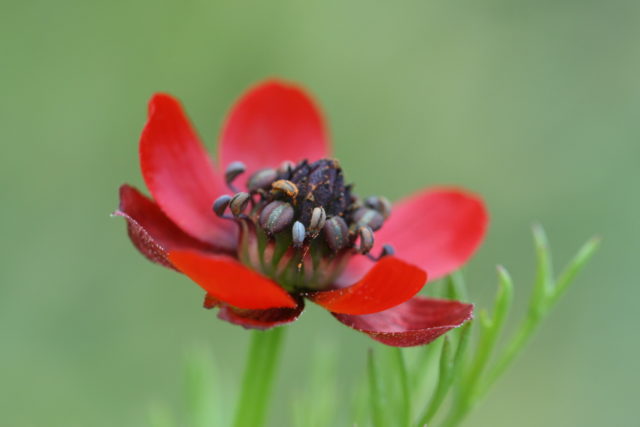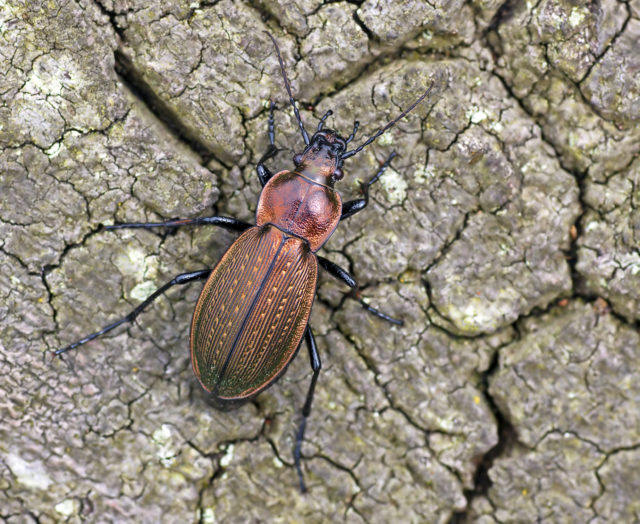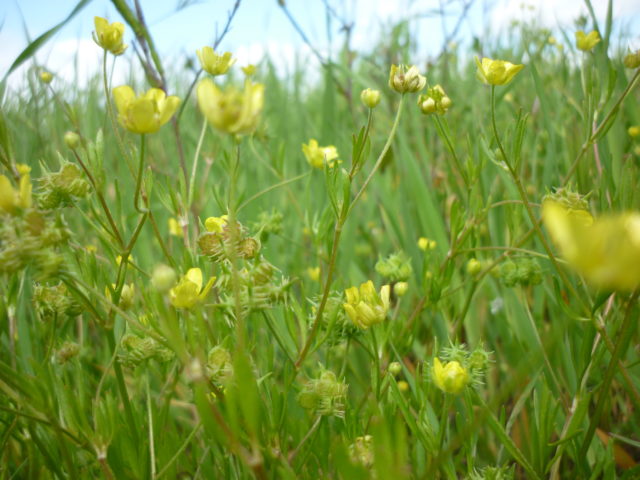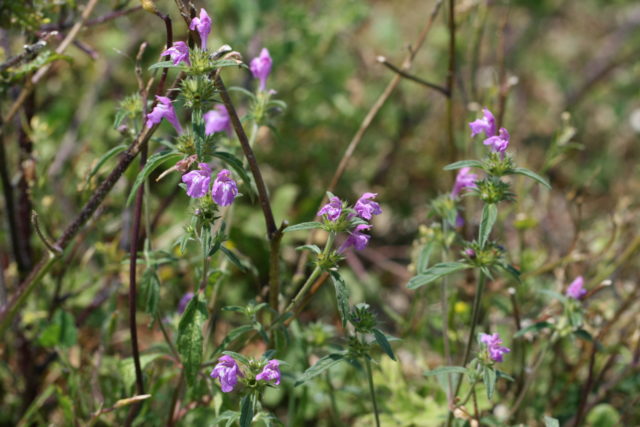Rare farmland wildflowers thrown a lifeline by conservation project
‘These plucky, tenacious flowers should be as much a part of our arable farmland as the crops they grow alongside’, nature charity Plantlife says.

A project has been launched to stop rare farmland flowers including corn buttercups and pheasant’s-eye vanishing from the English countryside, conservationists said.
More than 120 species of wildflower depend on farmland to survive, from much-loved poppies and cornflowers to little known and neglected plants.
Wildflowers were once common in England’s fields, but modern agriculture has taken its toll, with techniques such as seed cleaning to remove wildflower seed from crops and growing use of selective herbicides in the past 50 years.

And with the decline in flowers, seed-eating birds such as corn bunting and harvest mice have also seen significant falls in numbers, Plantlife said.
Now a “colour in the margins” project by conservation organisations is under way working with 50 farmers to save 10 key plant species and three beetles in six regions of England, from Breckland in East Anglia to Cornwall.
They include pheasant’s-eye, once such a common feature of fields that masses were cut and sent to Covent Garden Market, but now found only in localised pockets of Wiltshire and Hampshire.

Other rare flowers such as corn buttercup, broad-fruited corn salad and small-flowered catchfly, which all survive at fewer than 30 fields in the UK and are at risk of extinction by 2020, are also being helped.
Small changes to the way the land is managed can help arable wildflowers reappear and thrive on farmland, Plantlife said.

“It will encourage pollinators, which will in turn help increase crop production, provide vital food sources for small mammals as well as create important nesting habitats for birds – a project on this scale across England could make a real difference to conservation.”
The scheme could help species ranging from skylarks and lapwings to hedgehogs and harvest mice, and have a positive impact on farming, by increasing predator species which improves natural pest control.

“Arable wildflowers such as pheasant’s-eye and corn buttercup are an important part of our wildlife heritage and play an important place in our shared history, as well as being stunning beauties in their own rights.
“These plucky, tenacious flowers should be as much a part of our arable farmland as the crops they grow alongside.”
The project, by Plantlife, the RSPB, Kew, Buglife and other organisations, has received funding from the Heritage Lottery Fund and support from Natural England and Rethink Nature.
It is part of the conservation initiative Back from the Brink, which aims to save rare English species.





